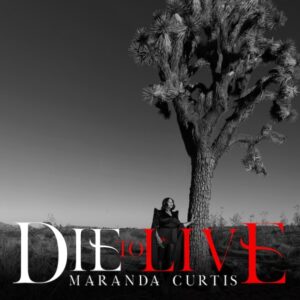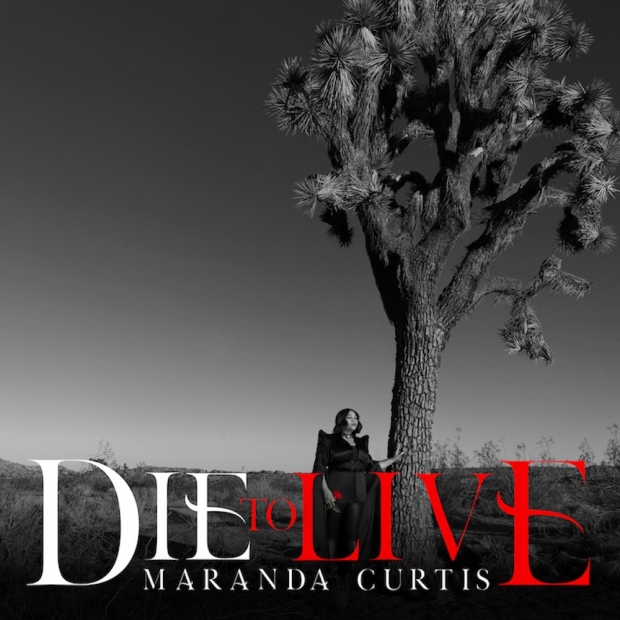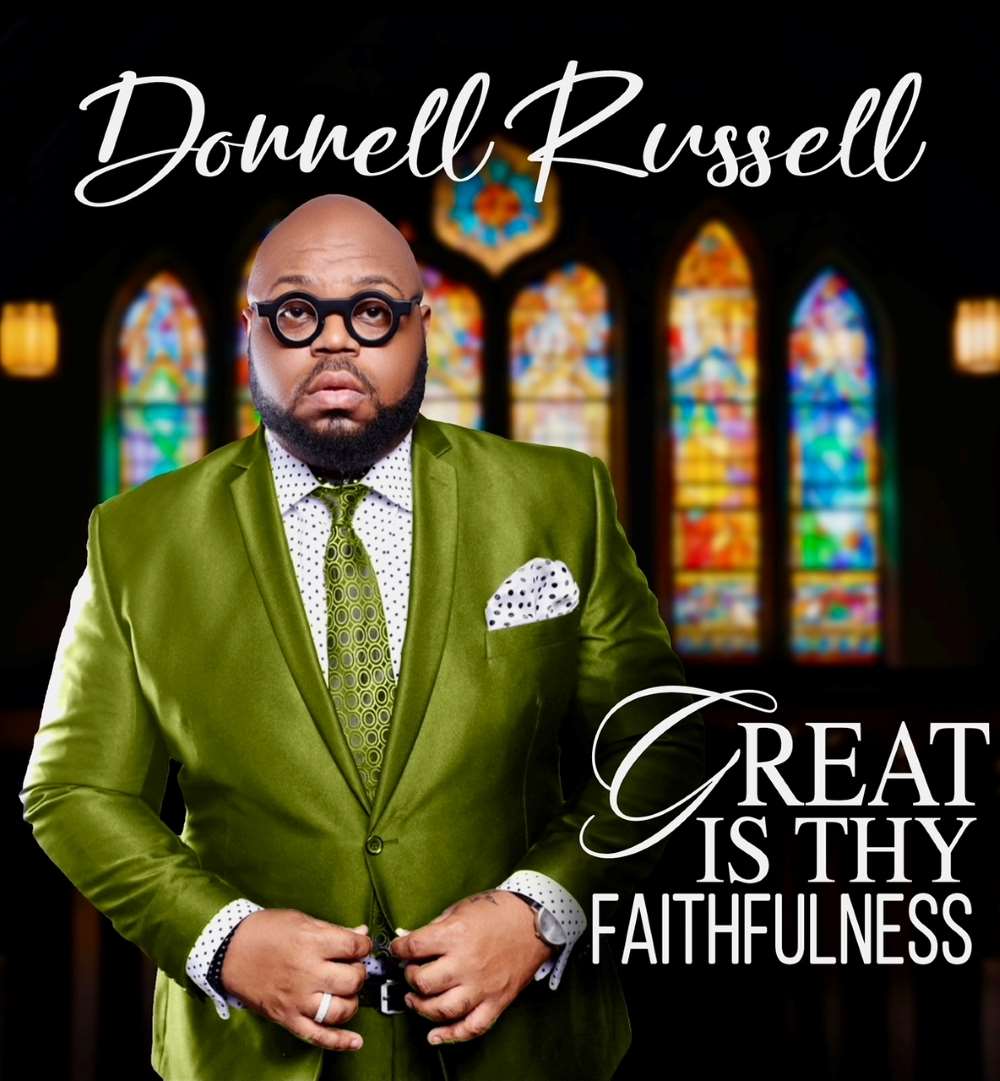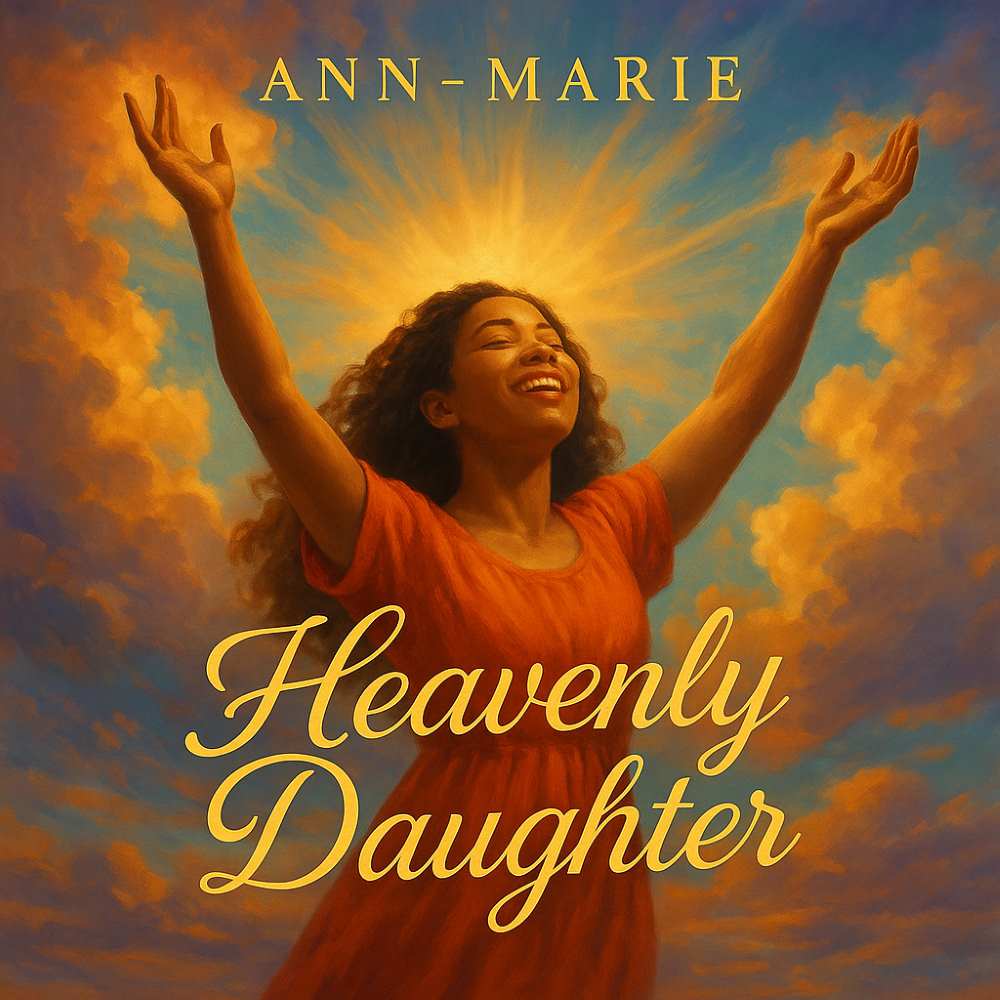 Maranda Curtis
Maranda Curtis
Die to Live
Butterfly Works / Red Alliance Media / Fair Trade Services
Release date: February 18, 2022
www.iammaranda.com
By Robert M. Marovich
Although his declaration doesn’t appear until several minutes into the album, Bishop John Francis essentially states the theme of Maranda Curtis’s new album Die to Live.
After quoting John 12:24, Francis says: “I found out that a seed has the ability to last for millions of years, even when it’s dead. But the moment that seed, in its death state, is put in the soil, it finds life again….The death of a thing is a living. It’s the start of a new day.”
Like Francis’s revelation, each of the album tracks is associated with a Scriptural reference. Together, they focus on the theme of rebirth.
Curtis’s rebirth was recovering from the March 2019 death of her mother, Darlene. Darlene passed away just prior to the 34th Annual Stellar Awards, where her daughter performed and garnered seven nominations, including Artist of the Year. The effect of the death and the inability to grieve amidst a whirlwind of post-Stellar activity ultimately led Maranda into an emotional coming-to-herself. At a photo shoot in, of all places, Death Valley, the weight of the previous months turned a well-appointed Curtis into a gooey, tearful mess.
Sharing the Death Valley experience with songwriter Ernest Vaughan inspired him to write “Lazarus” (Curtis and Owen Nixon share writer credits with Vaughan). It was the first single from Die to Live, which features studio tracks as well as live performances at Rhema Christian Ministries in Toronto, Ontario.
The raw and honest sentiments Curtis invests into the album are a bit of a departure from her otherwise cool, collected, and confident P&W ministry. The emotionally-wrought “Overcome,” with its message of survival, and “We Lift You Up” (which transitions into “Amazing God”) blend P&W lyrics and melodies with gut-wrenching gospel singing. They rank among Die To Live‘s finest vocal moments.
Curtis co-wrote on most of the tracks, including the poignant title cut, a collaboration with producer Phillip Bryant. It interpolates Bill Gaither’s “Because He Lives” and it is as if the two songs were first cousins. “Sparrow” is another meshing of classic gospel hymnody with contemporary worship, as well as the album’s happiest moment. Brian Fitzgerald on fiddle and Brennen Ernest on banjo give a country flavor to “His Eye is on the Sparrow.” It recalls Tasha Cobbs Leonard’s 2020 gospel-meets-Opry album Royalty: Live at the Ryman.
Bishop Francis joins Curtis at the reprise of the invigorating and appropriately-titled concluding song, “Live Again.” It’s a tribute to the Heavenly Father who picks up his children, dusts them off, gives them a push start, and watches them closely as they regain their footing in an uncertain world.
Given the heightened discussion about the effect of mental wellness on performance and the need not to deny but to deal with the blue demons who invade our inner spirit, Die To Live is not just lovely and inspiring but right on time.
Five of Five Stars
Picks: “Lazarus,” “Die to Live,” “Sparrow,” “Overcome”
Written by : Bob Marovich
Bob Marovich is a gospel music historian, author, and radio host. Founder of Journal of Gospel Music blog (formally The Black Gospel Blog) and producer of the Gospel Memories Radio Show.













 Visit Today : 473
Visit Today : 473 This Month : 15629
This Month : 15629